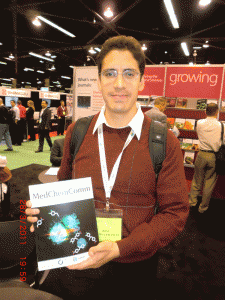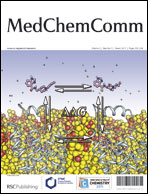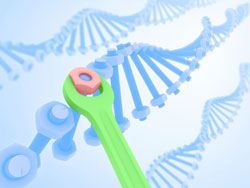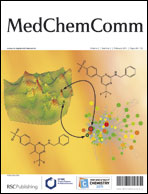Senile plaques (SPs) and neurofibrillary tangles (NFTs) are two pathological hallmarks for Alzheimer’s disease. Unfortunately, there is no an effective and simple diagnostic method to detect them.
In this paper, Masahiro Ono, Hideo Saji and colleagues at Kyoto University, have developed a series of radioiodinated phenyldiazenyl benzothiazole (PBD) derivatives as probes for the imaging of NFTs in the brain. Imaging agents need to be able to both penetrate the blood-brain barrier after an intravenous injections and be rapidly washed out from the normal brain. Unfortunately, even though these radioiodinated PDB derivatives displayed high affinity for tau aggregates and good brain uptake, the persistent radioactivity in the brain made them unsuitable for imaging NFTs in vivo.
If you want to find out more about these ‘inspiring’ imaging agents, you can download the article for free.
Phenyldiazenyl benzothiazole derivatives as probes for in vivo imaging of neurofibrillary tangles in Alzheimer’s disease brains
Kenji Matsumura, Masahiro Ono, Shun Hayashi, Hiroyuki Kimura, Yoko Okamoto, Masafumi Ihara, Ryosuke Takahashi, Hiroshi Mori and Hideo Saji
Med. Chem. Commun., 2011, Advance Article
DOI: 10.1039/C1MD00034A















 This new and exciting issue comes with two reviews.
This new and exciting issue comes with two reviews. Welcome to
Welcome to